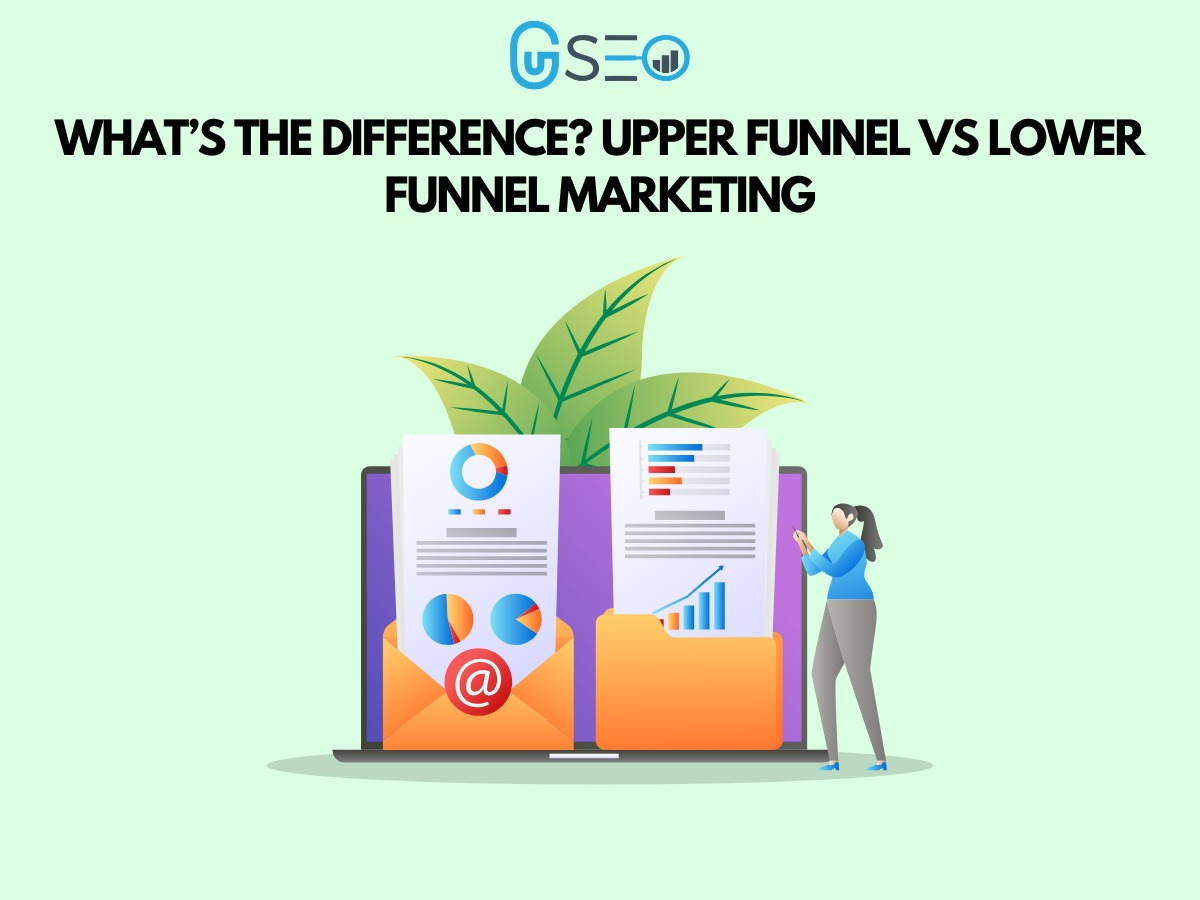Upper-Funnel Marketing: What Is It?
Creating such awareness, curiosity, and desire is the main goal of upper-funnel marketing. At this point, you are educating prospective clients about your brand and positioning yourself as the most effective remedy for their problems.
Sorting (or segmenting) potential clients according to their brand knowledge and where they are in the purchasing process is known as the "buying funnel." At the top of the funnel is someone who is in the early phases, which means they have recognised that they have a problem and need a solution, but they are not yet familiar with your brand or its potential advantages.
Top-of-Funnel Marketing's Significance
With top-of-funnel marketing, you can reach a large audience and appeal to a variety of potential clients. You can also increase the effectiveness of the middle and lower segments of your funnel by optimizing it.
Making an impression on customers early in their purchasing process aids in brand development and reputation building. Social networking and content marketing are two top-of-funnel tactics that help you build relationships with potential clients. You may even be able to convert some of them without ever having to move them further down the funnel.
Top-of-Funnel Marketing Techniques
Strategies at this level are mostly focused on making it easier for people to find you and learn more about you because the main objective of top-of-funnel marketing is to generate leads and attract people to your company. You might concentrate on the following to draw in new clients at the top of the funnel:
Optimization of search engines (SEO)
Pay-per-click advertisements
sponsored posts on social media
Content marketing, encompassing videos and blogs
TV advertisement that is connected
Use language that motivates potential customers to act when you're crafting top-of-funnel advertisements for these platforms. For instance, you could provide a webinar or a gated piece of content to everyone who subscribes to your newsletter as part of a social media lead generation campaign.
Lower-Funnel Marketing: What Is It?
Speaking with potential clients who know your brand, have a problem they need to address, and are researching whether to purchase from you or a rival is known as lower-funnel marketing.
You can move more leads down your funnel to this point, where they are nearly ready to convert, with a strong top-of-funnel strategy. Making the sale is your main objective at the bottom of the funnel. By answering their queries and concerns and emphasising the reasons they should pick you above the competition, you are now circling a potential customer's decision.
Bottom-of-Funnel Marketing's Significance
The portion of your connection with a potential customer where you (hopefully) close the transaction is known as bottom-of-funnel marketing, or the conversion funnel. At this point, the potential customer is aware of your business and has already given buying something some thought. All they need is one last prod to move them from "add to cart" to "check out."
Since prospects turn into customers at the bottom of the sales funnel, this is a crucial stage. Developing a strong marketing plan at this point might also help you win over new customers. This enables you to make money off of the leads you have developed through your pipeline.
Techniques for Marketing at the Bottom of the Funnel
Your messaging should be clear and actionable at this point. Focus on why the potential customer should pick you above the competition rather than explaining how your brand benefits consumers generally. At this point, strategies include differentiating yourself and establishing your position as the top brand. They could consist of:
Examples of cases
Comparisons of products
Coupons and exclusive savings
Product showcases
Customer endorsements
Marketing efforts and bottom-of-the-funnel advertisements should be convincing. A successful bottom-of-the-funnel campaign will address clients' enquiries and direct them towards a purchase, concentrating on your product or service rather than providing a general picture of your business.
The Value of Full-Funnel Advertising
You cannot ignore either end of the marketing funnel if you wish to maintain your company's growth. After your business has been in operation for some time, it can be tempting to stop investing in brand-building initiatives and concentrate solely on your current clientele.
However, focussing on both the top and bottom of your sales funnel will help you maintain top-notch service for your current clientele while keeping your brand relevant with new ones. You can also make sure that your branding and messaging remain consistent by using a full-funnel marketing plan.
Cross-team cooperation is also necessary to make it happen. Your sales team members who are responsible for closing the deal should be aware of what your marketing team has to say about your goods and services. You may more successfully lead customers through their journey by taking into account the entire funnel. For instance, you can use language that could lead someone from awareness to consideration when you start video ad campaigns or write social media posts for the top of your funnel.
On the other hand, you can retarget past clients who haven't made a purchase from you in a long time by using top-of-funnel tactics.
What is upper funnel marketing's main objective?
Education and awareness.
What is lower funnel marketing's main objective?
Retention and conversion.
What are the best upper funnel marketing strategies?
Advertising on social media and content marketing.
What are the best lower funnel marketing strategies?
Email marketing and retargeting advertisements.
Conclusionis the goals of upper funnel marketing are to create interest, educate potential clients, and increase exposure. The focus of lower funnel marketing is on keeping current customers and turning prospects into paying ones. Both upper and lower funnel strategies are used in a balanced marketing plan to promote business expansion.

